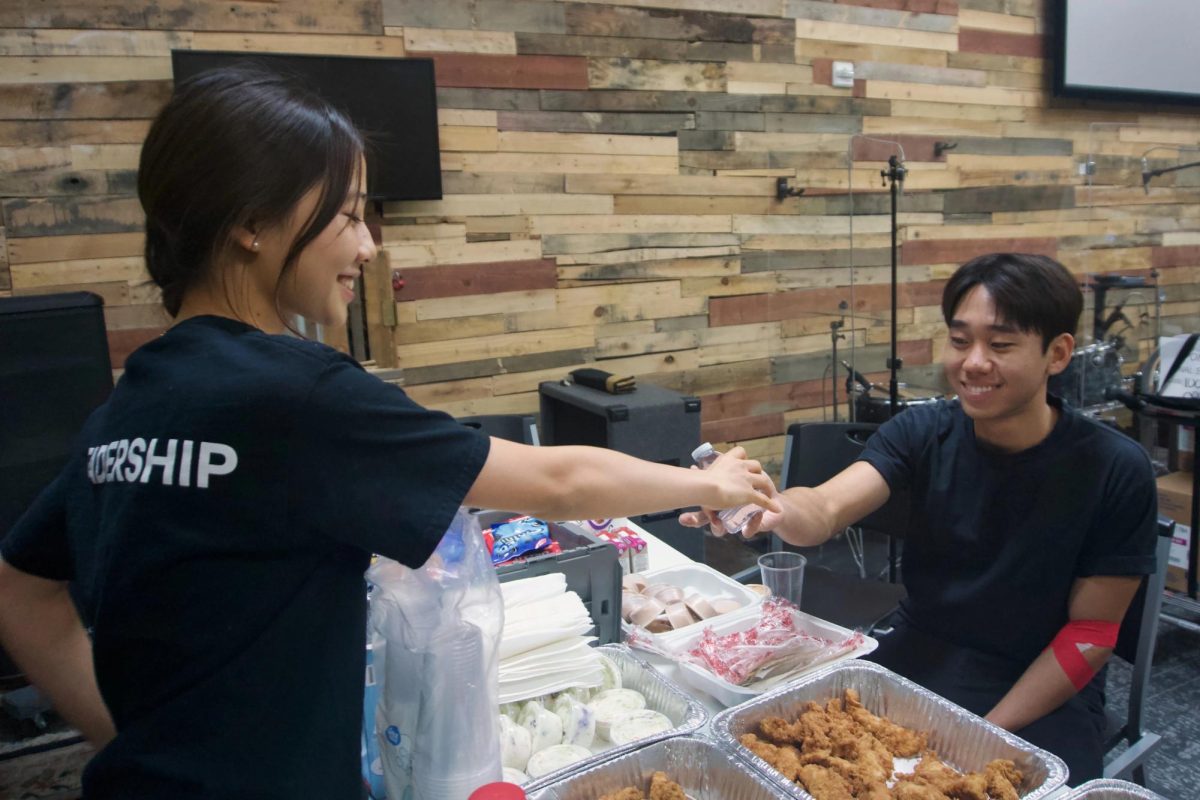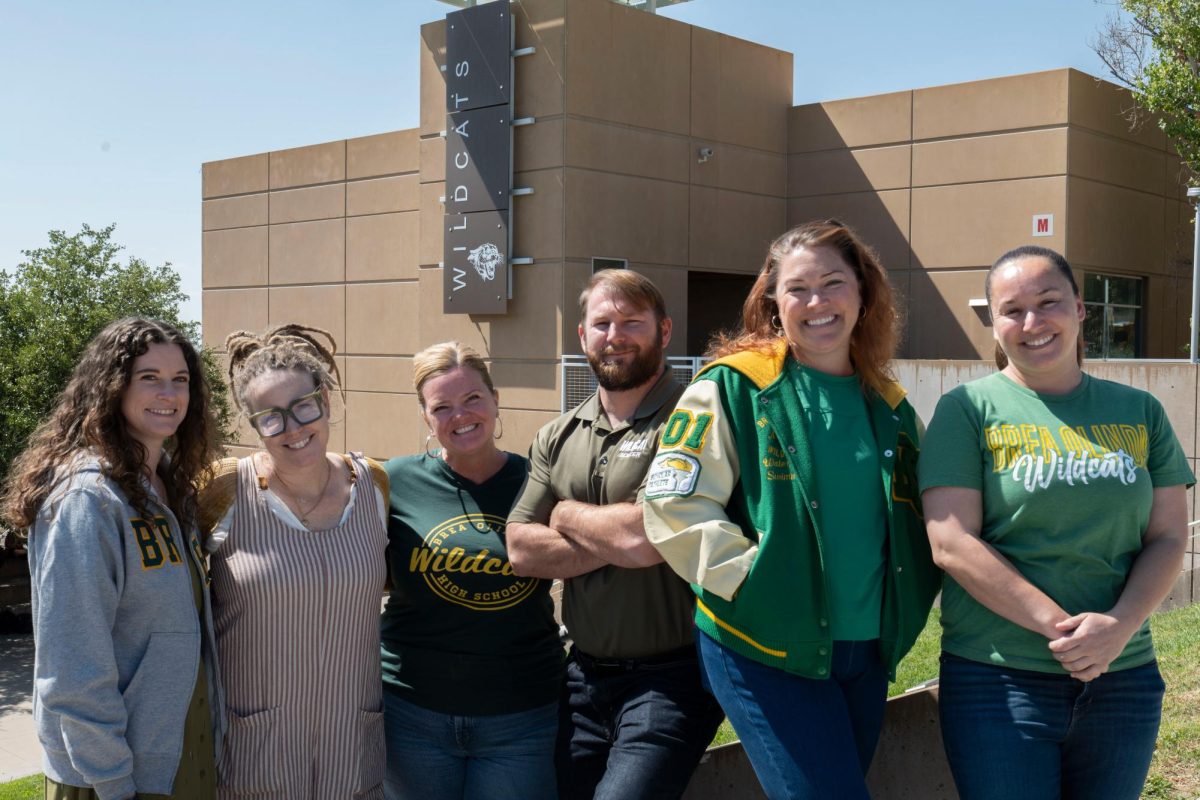Vibrant marigold blossoms, flickering candles, and intricate sugar skulls adorn treasured photos of loved ones, as the smell of freshly baked pan de muerto fills the air. A tapestry of varied hues and colors, these meticulously constructed ofrendas, or altars, have become a symbol of a rich and lively celebration.
At its heart, Día de los Muertos, or “Day of the Dead,” is a tribute to departed loved ones, and a way to memorialize their time on Earth. Observed annually on Nov. 1 and 2, the holiday is a cultural tradition that offers a joyous perspective on life, death, and the enduring connection between the living and the departed.
Although it is a time of remembrance, the occasion is far from solemn. Rather than dwelling on the fear of mortality, Día de los Muertos encourages individuals to embrace and celebrate death as a natural part of the human experience.
Originating in Mexico, the celebration has since transcended the nation’s borders, finding newfound significance in the United States.
Among the 28 percent of people who celebrate Día de los Muertos in the United States are BOHS students, who celebrate this holiday in their own unique ways.
Monique Diaz, senior, says that her family constructs an ofrenda— an extravagant display dedicated to one’s deceased family members— for this occasion.
“Life gets busy, but it’s important that we at least take a moment to reflect on the memories and celebration of life for those who have passed,” Diaz said.
Ofrendas are considered bridges for spirits to return to the realm of the living, so it is customary to lay out mementos and food that were significant to the deceased.
”We always have the ofrenda open to anyone in the family,” Jose Valenzuela, senior, said. “Anyone can add a framed photo or an additional gift to one of the deceased members that may be significant to them and the person that is deceased.” Valenzuela added that the holiday “helps bring [his] family together both spiritually and physically.”
Sophomore Aimee May’s family sets out tamales, water, milk, hot chocolate, candy, and flowers on their ofrenda, and celebrates by calling relatives in Mexico. “Spending time with my family is the best part of Día de los Muertos since the tradition is about celebrating family who once lived,” May said.
Nathan Cervantes, senior, described how his family honors his late grandmother with food: “During that time period, whenever we make food, we always make an extra dish, and we leave it on the ofrenda for her.”
The ritual allows families to remember and pay their respects to their ancestors, ensuring that their memory endures across generations.
“It’s where I come from; it’s my culture,” Mayra Caballero, administrative assistant, said. For Caballero, who was born in Mexico, Día de los Muertos was “a big part” of how she was raised. “It’s a part of our beliefs, we take that very seriously, and it’s sacred…we don’t forget our loved ones that passed,” Caballero added.
At BOHS, Día de los Muertos creates a sense of unity as people from various backgrounds embrace this cultural exchange.
Maria Barcelona, Spanish teacher, regularly incorporates Day of the Dead festivities in her curriculum by crafting marigold bouquets, decorating candles, and researching the holiday.
“It’s important to understand other cultures’ perspectives and to have an open mind. We are who we are based on our circumstances, but also the people who have come around us, rallied around us, and so I think that’s something beautiful to keep in mind,” Barcelona said.
Ultimately, the Day of the Dead serves to acknowledge the inescapable cycle of existence, ensuring that the departed remain a part of our lives and our hearts forever.
For the holiday that “emphasizes the beauty of life, we should cherish each second we are blessed with, and when our final day arrives, it is important to remember each life, story, and the memories made,” Diaz said.










